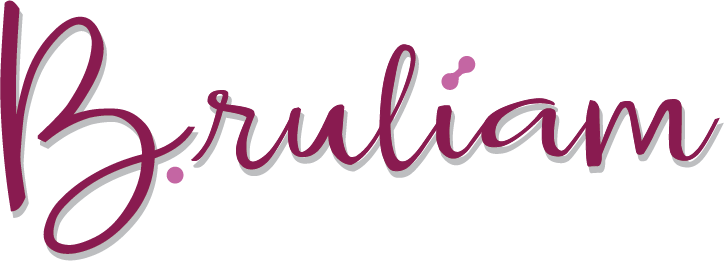Bruliam in 2010 (Part III)
Sometimes writing for this blog is a real pleasure. The words flow, the stories gel, and the positive feedback makes it all worthwhile. Other times, I’d rather be sentenced to a good old fashioned caning than have to sit here and force the prose out like I’m passing a kidney stone. Today is a golf ball sized kidney stone day.
It’s time to talk about LICENSING & COMPLIANCE. Whoo-hoo!!!! And you thought Kerith’s posts on biochemistry were boring.
A necessary evil in any regulated business, delving into the process of obtaining our own wine selling licenses was one of the most daunting aspects of moving out on our own this year. Under our previous winemaking arrangement, we operated under another winery’s licenses. We paid a huge premium for this, but we didn’t have to worry about compliance, reporting, or licensing.
Not so in 2010.
In order to sell our wine in 2010, we need to have our own licenses and operate as a permitted seller of wine. As we found out, there were two basic paths we could follow here in California. Option #1 was to obtain a full winery/winegrower’s license (a Type 2 license) and option #2 was to obtain a combination of wholesaler and off-sale retail licenses (a so-called 17/20 combo).
I’m not going to get into a long description of each and would implore anyone reading this who may be researching these licenses to consult an actual attorney or winery compliance specialist. In short, a Type 2 license is a more expensive and time intensive process, but it gives the holder more capabilities. The Type 2 covers the production of wine along with the sale of wine and enables the holder to be a full service winery (operate a tasting room, sell wine wherever and however desired, etc.). The Type 17/20 combo is quicker and cheaper, but limits direct sales of wine only to consumers in California and through wholesalers in other states. It also requires the holder to produce its wine through a Type 2 holder under a custom crush agreement.
After consulting with a number of industry professionals, we decided to go with the 17/20 combo. All of our sales are already made online and most are within California so we were comfortable with the limitations of the licenses. We already had a custom crush arrangement in place with Mauritson Wines, so that part was easy. And the fact that the process was faster and cheaper than the full-bore Type 2 license was an added advantage when faced with the myriad of new harvest expenses we’ll be incurring this year.
Once we knew what direction to go in, the question was how to get there. For us, this was a no-brainer. I fully endorse using a compliance specialist firm to guide you through this process. Not only do they know all of the hoops to jump through and can fill out all of the forms perfectly, but they also have relationships at the various agencies to help move the things along. You can certainly save some money trying to do this yourself, but sometimes, “you can’t save money by saving money”. We used Compliance Connection in Santa Rosa and highly recommend them to anyone considering getting licensed.
Even with the best help available, however, the process wasn’t painless. Other than the cost, we first had the excitement of hanging our big ABC pending liquor sales sign outside our house. We then had a fun phone interview with the TTB where they informed us that, among other things, they now had the right to send agents to our place of business to inspect our records at any time. Unfortunately, our “place of business” is a corner of our master bedroom where we have the desk. Surprisingly, they didn’t see the humor when I asked if they could call ahead to make sure we were decent before they came storming in.
But after a few short months, I’m proud to announce that Bruliam Wines last week became officially licenses to sell wine! Unfortunately, now that we’re on the state and feds’ radar screens, we’re subjected to regular sales and tax reporting and ongoing compliance issues. But, it’s a reasonably small price to pay to be out on our own.
Coming up in the fourth and final installment of our Bruliam in 2010 series, we’ll look at fulfillment. How are we going to get the wine into your hands – safely and legally – even if you don’t live in California?
Stay tuned!
